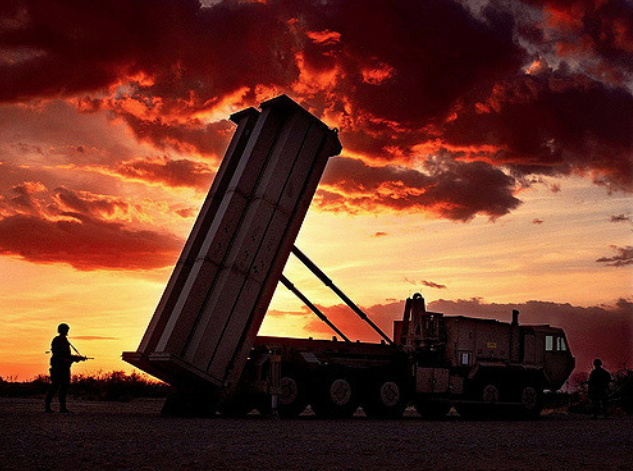The Pentagon has announced that the U.S. and South Korean governments have agreed to deploy a Terminal High Altitude Area Defense (THAAD) missile system on the Korean peninsula. The move follows the 7th February announcement that the ROK and U.S. had begun formal consultations regarding improvements to the Alliance missile defense posture, specifically the viability of a THAAD system operated by U.S. Forces Korea.
The U.S. DoD release noted that North Korea's nuclear test and multiple ballistic missile tests, including the recent intermediate-range ballistic missile (IRBM) launches, highlight the grave threat that North Korea poses to the security and stability of the Republic of Korea (ROK) and the entire Asia-Pacific region.
The Pentagon described the move as a defensive measure to ensure the security of the ROK and its people, and to protect alliance military forces from North Korea's weapons of mass destruction and ballistic missile threats.
The ROK-U.S. Joint Working Group is in the final stage of preparing its recommendation for both the ROK minister of national defence and the U.S. secretary of defense regarding the optimal site in the Republic of Korea.
In response to concerns voiced by China, the Pentagon underlines that the system will be focused solely on North Korean nuclear and missile threats and will not be directed towards any third party nations. The THAAD deployment, it says, will contribute to a layered missile defense that will enhance the alliance's existing missile defense capabilities against North Korean missile threats.
U.S. officials said that the THAAD system's single-stage interceptors would not have the range or capability to intercept Chinese ICBMs targeting the United States.
Japan is also considering acquiring the THAAD system.

